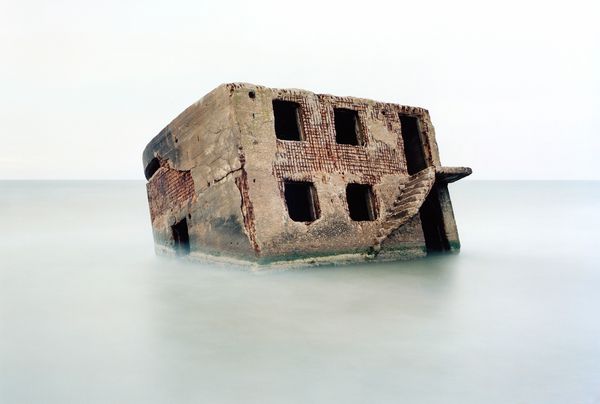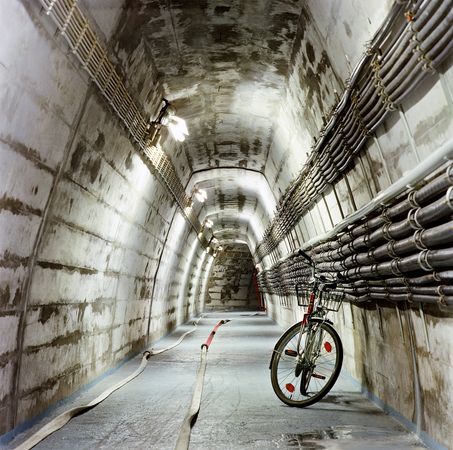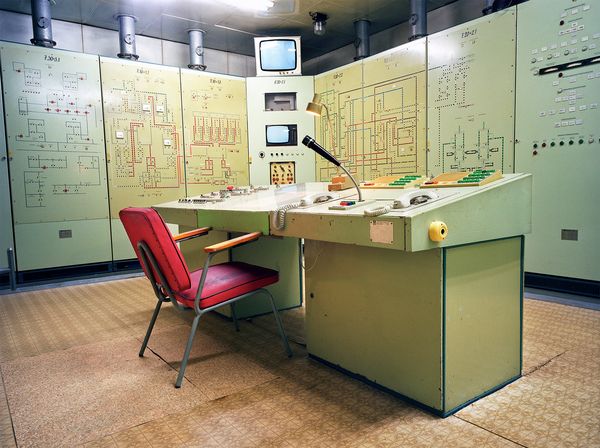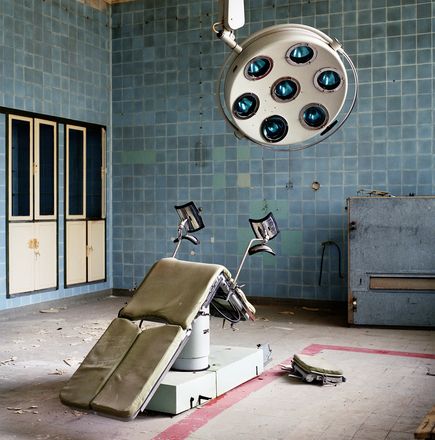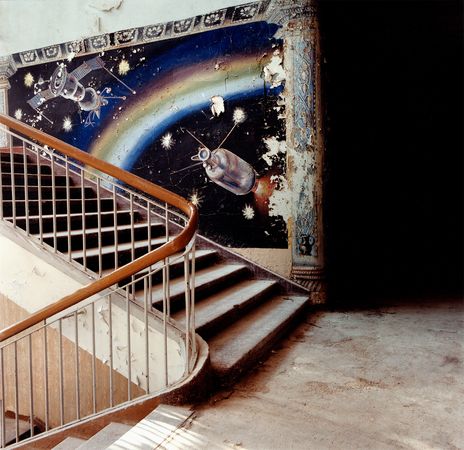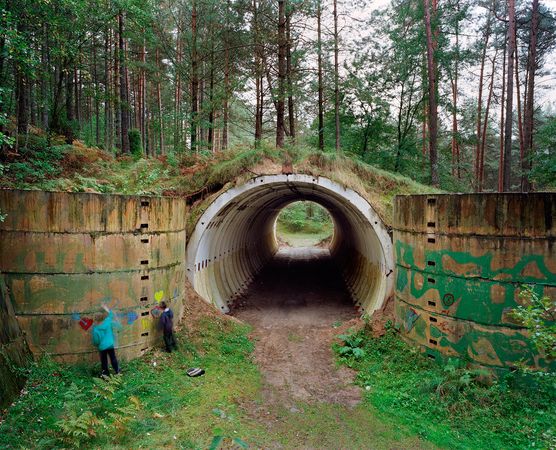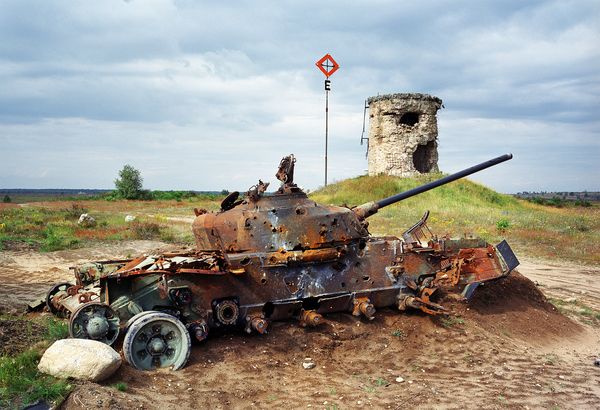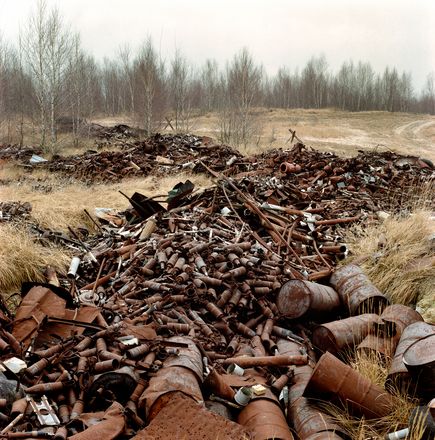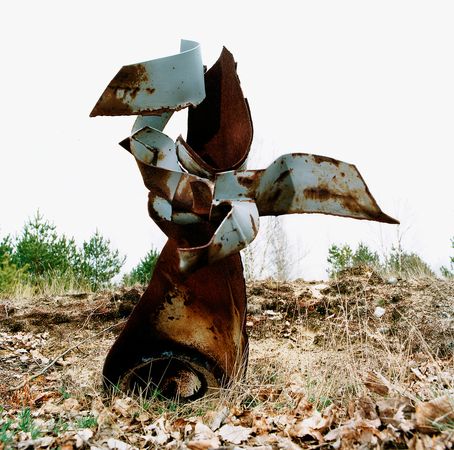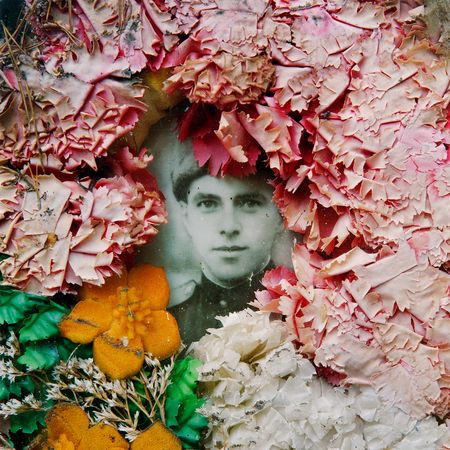Martin Roemers is a Dutch photographer who grew up with the Cold War, which lasted from the late 1940’s into the early 1990’s.
He heard about the war in school, on TV, and in day to day conversations. It was a war about something that couldn’t happen, because if it did there wouldn’t be anyone left to remember it.
The Berlin Wall is often the first thing thought of when this war is mentioned, but there are many other monuments that people may not even be aware existed. Roemers spent a decade photographing these little-known pieces of history. In his collection, he deliberated left out the Berlin Wall because the original one was destroyed 25 years ago. The one that is now standing is not the authentic one, but a commercialized, reconstructed version.
The existing wall is not the only commercialized left-over from the war. Roemers explained that in the old East Berlin, it isn’t unusual for local bars or hotels to offer tourists an opportunity to take part in a Iron Curtain theme night.
Roemers’ collection of Cold War photographs focus on its history and celebrate the fact that the war is over, but they also symbolize the horror of what took place. It is way of remembering the monuments of the war.
Located off the Latvia coast in the Baltic Sea, this bunker is on a Soviet naval base that is not even as old as the bunker itself. It is uncertain whether or not the bunker was ever used.
Roemers describes all of his photos of tunnels as looking the same, regardless of where they are located, because they are all based on defense and fear. This one is just outside of Bonn, which was West Germany’s capital during the war.
Design was a bit part of the same era as the Cold War, as shown in this picture of a room that was used by the East German People’s Army, especially the bright red chair.
This photograph taken in an army hospital located in Jüterbog, Germany features an old obstetric table indicating that new life continued to be created.
This mural located at what was once a piloting school for the Soviets shows the first artificial satellite, known as Sputnik. The painters who created the mural had been flown in from Georgia.
Located close to Brzeźnica in Poland, this tunnel used to have steel doors at each of its ends. Trucks holding nuclear missiles used to be kept in it to hide them from view from above. These days, children enjoy covering it with spray paint.
This historical shooting ranging located in Altengrabow has been here since before WWI. It was used by the Kaiser, then the Nazis, then the Soviets. It is currently being used by the German army.
This dump located in Lieberose, Germany holds ammunition from battles that never happened. It was never moved because people were afraid that the weapons might explode, the National Geographic reports.
Located at what used to be a testing ground used by the Soviet air force outside of Wittstock, Germany, this rusted bomb has never exploded although it should have.
This soldier’s tomb, surrounded by plastic flowers held in glass, has been in Potsdam’s Soviet military cemetery since the 1950’s. At that time, bodies remained in Germany rather that being sent home.
